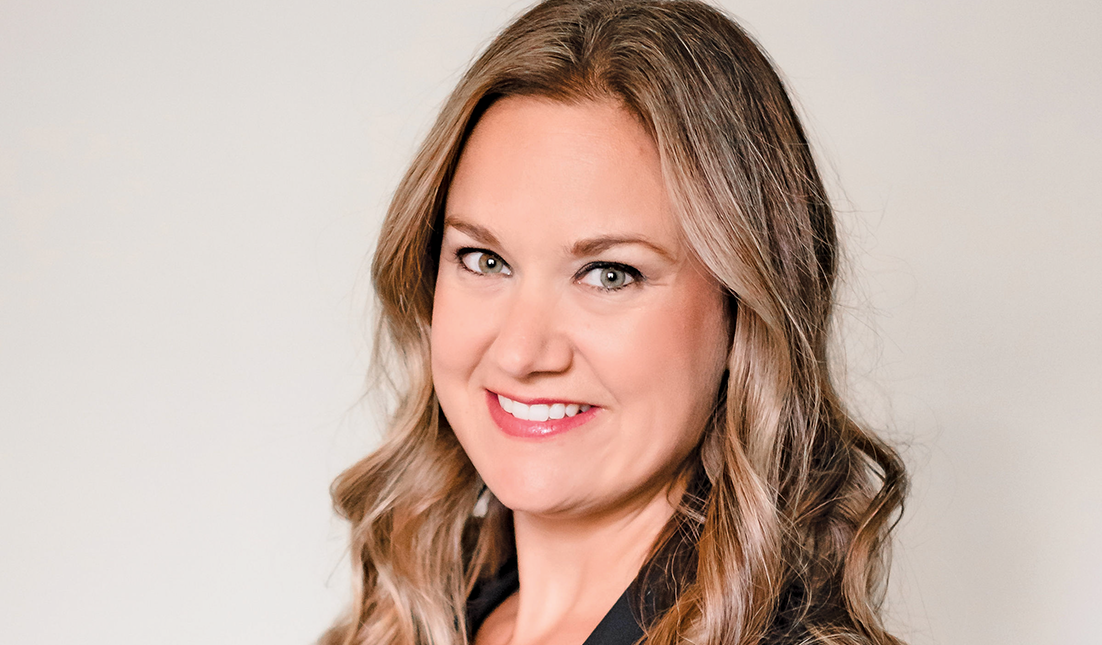Q&A with Bruce Van Wagoner of Wells Fargo

By David Gee
Bruce Van Wagoner is President of the marine group for Wells Fargo CDF, and I recently had the chance to speak with him about the state of the recreational boating industry from his perspective.
David: About half of the dealers we surveyed for the Boating Industry Market Data Book experienced an increase in revenue and profits YoY from 2017 to 2018. And about that same number are seeing growth again in 2019. How do you see the recreational boating industry at the dealer level?
Bruce: The industry is an interesting one because it actually encompasses several different segments. And they all perform slightly differently. But overall the business has been on a pretty good run for the past eight to 10 years. We have seen continuous improvement on both the manufacturer and dealer side in that time, and that is very encouraging. It’s become more professional, and more diverse, in terms of revenue generation sources. When I look at numbers I tend to think and talk in terms of units, and not dollars. That’s because the content in boats continues to go up, along with their price. So when we are comparing YoY growth, it is a little more consistent and meaningful to talk units than dollars and revenue. We are forecasting growth to be in the 2% – 5% range for this year (2019).
David: Are you seeing any signs of a slowdown? What are some of the things you are measuring to make that determination?
Bruce: We developed an economic forecasting model a number of years ago that incorporate several market factors. One of those believe or not is weather, which is geography-based. If the weather is cold or wet and rainy and spring is late in the north, it’s pretty hard to move a lot of boats and get business going. We definitely saw that impact this year. But overall I think things are still going quite well. We also break down unit sales by segment as well. For example in the pontoon segment, from 2018 to 2019, we see a 5.4% increase, aluminum 3.3% increase, saltwater fishing flat to very slightly down, runabouts 2% increase, and then towboats are up by 10%. Again, this is in units, not dollars. The dollar increases are even higher given the rising cost of the boats as I said.
David: I have heard you mention inventory levels as one barometer of dealer confidence. What are you seeing in that area right now?
Bruce: I do think there have been a few manufacturers who recognized they may have been missing out on some sales in the past by keeping production – and inventory – levels lower. This year though we saw more product being put into the market. So I think right now inventory levels are actually running a little high. And we see efforts at the dealer level trying to drive sales and right-size inventory levels. It’s an ongoing challenge to make sure you have the right kind and right amount of inventory. You don’t want too much because then you get hit on carrying costs. Conversely, if you don’t have enough, you miss out on potential sales. After the downturn, we saw lots of dealers being very conservative about this. But now, after a number of years of growth, dealers are more willing to take on product. I think in some cases we might even be seeing a little excess inventory right now, as I mentioned.
David: Let’s talk a little about floor plan lending, and what changes you have seen there.
Bruce: One of the primary lessons that I think came out of the downturn was the importance of distribution. There are a limited, finite number of dealers across the country and it is important manufacturers value the dealers and work with them. Because it’s not easy to find someone that represents your brand really well. So it’s all about helping each other and taking care of each other. As a result of these efforts on both sides, I think it is a more stable business overall than it was prior to the downturn.
David: As you watch content – and boat costs – continue their ascension, do you see signs that we are pricing a significant number of consumers out of the market?
Bruce: That is an ongoing challenge to produce product that keeps up with technological advances going on outside the industry, and do it at an affordable price point. It’s a classic Catch-22; if you don’t continue to develop and produce new and innovative products then it’s hard to drive motivated traffic to the sales floor at the dealership. Too much of a good thing though and boats become unaffordable for too many people. Fortunately though there are a lot of value-priced products available in the boating business.
David: Let’s talk for a moment about consolidation. Is the recent M&A activity a good thing, a bad thing, or not inherently one or the other?
Bruce: I think it has been a good thing overall. It has helped contribute to an escalation in quality and consistency on the part of boat building companies. Despite the number of these deals though, it is still a very fragmented industry. I think that will continue to be the case because of the opportunities that are available to diversify.
David: Lastly, name a couple of things that make you bullish on the future of the boating industry, and a couple of things that make you nervous or give you pause.
Bruce: On the positive side, let’s take a look at demographics. As the population grows, so does the potential number of boaters obviously. And each quarter or year we have a generally robust economy that helps sales of course. Our economy has grown by trillions of dollars in the last decade, or decade-and-a-half, and there is a lot more money out there for people to spend. We have low unemployment and there are lots of great choices for people who want to get on the water. I also think the expansion of boat clubs and other ways for people to experience boating without investing in owning a boat themselves is also a positive development for the industry. On the other side, yes, I do have some concern about the rising costs of new boats. Used boats can be an alternative, but there are only so many of those to go around, and they don’t have some of the features and technological advances people want. Overall I am very optimistic about the future of the industry and the way the market is going. Our forecasts for the next model year show pontoons going up another 3.8%, aluminum boats up just short of 1%, we see saltwater fish up about 1.6% over the next year, runabouts we see flat, and then inboard towboats we see going up another 7.2%. That’s what we are projecting in terms of units. So while we have seen a few signs of things slowing down, I have to say those look like pretty positive numbers.




